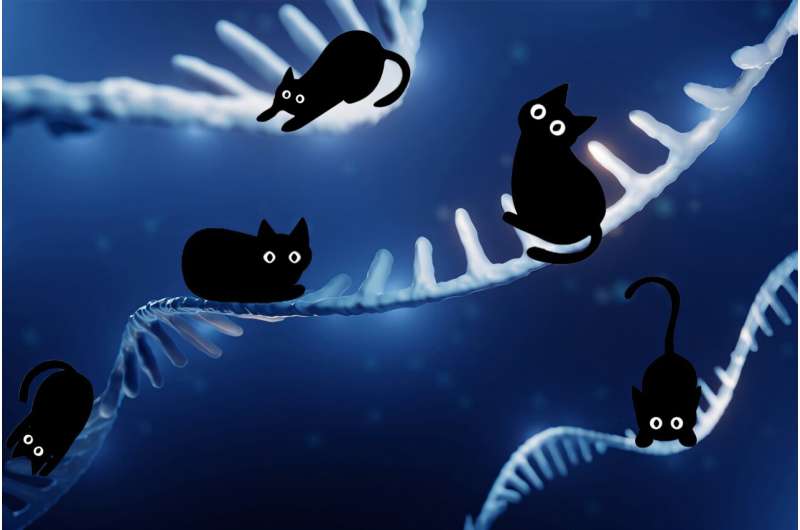Researchers at the Massachusetts Institute of Technology (MIT) have introduced a groundbreaking framework known as KATMAP, designed to enhance the understanding and prediction of gene splicing. This innovative model, detailed in an open-access paper published in Nature Biotechnology on November 4, 2025, allows scientists to parse the complex relationship between genetic sequences and the regulation of splicing, which plays a crucial role in cellular function and disease.
Understanding Gene Splicing and Its Importance
Gene splicing is a vital process that enables cells to create diverse proteins from identical DNA instructions. By removing non-coding regions (introns) from RNA and joining coding segments (exons), cells can generate unique combinations that determine their specific functions. The precise regulation of this process relies on splicing factors, which dictate which segments are expressed. Disruptions in splicing can lead to severe diseases, including cancer, by producing faulty proteins.
KATMAP, which stands for Knockdown Activity and Target Models from Additive regression Predictions, utilizes experimental data to predict the targets of splicing factors. By analyzing the effects of manipulating the expression of these factors, researchers can identify the specific genes affected by splicing regulation. The model builds on RNA sequencing data and incorporates information about binding sites, thus providing insights into both direct and indirect interactions.
KATMAP’s Innovative Approach
According to Michael P. McGurk, a postdoctoral researcher in the lab of MIT Professor Christopher Burge, traditional methods have often failed to predict regulation accurately for specific exons in particular genes. KATMAP addresses this limitation. By observing changes in gene splicing following alterations in splicing factor expression, the model identifies targets based on their binding motifs.
“In our analyses, we identify predicted targets as exons that have binding sites for this particular factor,” McGurk stated. “Non-targets may be affected but do not possess the necessary binding sites nearby.”
This capability is particularly valuable for less-studied splicing factors, offering a clearer understanding of their regulatory roles. The model is designed to learn from existing data, ensuring that its predictions are biologically interpretable and meaningful.
Despite its strengths, KATMAP does have limitations. It currently evaluates one splicing factor at a time, which simplifies analysis but may overlook interactions between multiple factors. McGurk acknowledges that starting with a simpler model allows for a more effective foundation as researchers work to build a comprehensive understanding of splicing.
Future Directions and Collaborations
The Burge lab is actively collaborating with the Dana-Farber Cancer Institute to investigate how splicing factors are altered in various disease contexts. Additionally, they are exploring how KATMAP can be applied to model splicing factor changes in response to cellular stress. McGurk expresses enthusiasm about extending the model to consider cooperative regulation among splicing factors, aiming to enhance understanding of their collective impact on gene expression.
As research progresses, Burge, who holds the title of Uncas (1923) and Helen Whitaker Professor at MIT, hopes to generalize KATMAP for broader applications in gene regulation. “We now have a tool that can learn the activity patterns of splicing factors from data that can be readily generated,” Burge noted. This advancement promises to improve the understanding of splicing factor activity in disease states, providing insights that may aid in the development of targeted therapies.
The KATMAP model represents a significant step forward in the field of genetics, offering a powerful tool for researchers seeking to unravel the complexities of gene regulation and its implications for human health.







